Covering bin Laden
Covering bin Laden
Global Media and the Worlds Most Wanted Man
EDITED BY SUSAN JEFFORDS AND FAHED AL-SUMAIT
UNIVERSITY OF ILLINOIS PRESS
Urbana, Chicago, and Springfield
2015 by the Board of Trustees
of the University of Illinois
All rights reserved
Manufactured in the United States of America
1 2 3 4 5 C P 5 4 3 2 1
 This book is printed on acid-free paper.
This book is printed on acid-free paper.
Library of Congress Control Number: 2014958351
ISBN 978-0-252-03886-0 (hardcover)
ISBN 978-0-252-08040-1 (paperback)
ISBN 978-0-252-09682-2 (e-book)
Contents
Susan Jeffords and Fahed Al-Sumait
Richard Jackson
Aditi Bhatia
Andrew Hill
Courtney C. Radsch
Alexander Spencer
Noha Mellor
Susan Moeller, Joanna Nurmis, and Saranaz Barforoush
Purnima Bose
Ryan Croken
Simon Ferrari
Brigitte L. Nacos
Susan Jeffords and Fahed Al-Sumait
INTRODUCTION
After bin Laden
Osama bin Laden.
It would be difficult to find someone for whom this name does not evoke images, emotions, memories, desires, beliefs. Even years after his death in 2011, Osama bin Ladens name conjures up a complex array of narratives and representational structures. Depending on ones locationgeographically, politically, religiouslythe name invokes stories of evil, bravery, destruction, retribution, deception, truth-telling, cowardice, courage. The nameOsama bin Ladengoes far beyond the manOsama bin Ladenand extends well beyond his death.
In 1998, American Broadcasting Company journalist John Miller wrote that the American people, by and large, do not know the name Usama [sic] bin Laden, but they soon will. With tragic prescience, Millers prediction chronicled the passage of Osama bin Laden from a relative unknown to one of the worlds most immediately recognized figures.
Before the attacks of September 11, 2001, on the World Trade Center, the Pentagon, and a third target in Washington, D.C., Osama bin Ladens name was known in limited circles. Within Saudi Arabia, he was known as one of four children of the pious and hardworking Mohammed bin Awad bin Laden, a billionaire construction magnate who earned his wealth by constructing some of Saudi Arabias most iconic buildings. In response to the Soviet invasion of Afghanistan in 1979, Osama bin Laden went to Pakistan, where he became known in broader circles as a wealthy supporter of the anti-Soviet Muslim forces in Afghanistan, eventually earning a reputation for himself on the battlefield. In 1998, as the founder of Al Qaedathe basehe became known more broadly through the work done by Al Qaeda, most vividly in the attacks in 1998 on U.S. embassies in Tanzania and Nairobi, and then in 2000 on the USS Cole as it sat anchored in a harbor in Yemen, resulting in combined deaths of hundreds of people.
For many around the world, however, his association with 9/11 was the first they had heard of Osama bin Laden. On September 11, 2001, CBS News journalist Jim Stewart linked Osama bin Ladens name as a probable source of the attacks as early as 9:17 a.m. (EST), a mere thirty-one minutes after the first World Trade Center attack. During that same period, bin Laden was mentioned on Howard Sterns radio show in connection with the World Trade Center attacks.
If bin Laden was not broadly known to media audiences before 9/11, it was not through a lack of effort on his part. Christina Hellmich remarks that bin Laden was vying for attention from the early 1990s, while Andrew Hill notes that bin Laden was making himself available to Western journalists, using video appearances to seek to sway Western public opinion.
Bin Laden was not, of course, the first to understand the symbiotic relationship between media and terrorism. Ayman Al Zawahiri, named leader of Al Qaeda after bin Ladens death, wrote in a personal letter in 2005 that we are in a battle, and that more than half of this battle is taking place in the battlefield of the media.
A few days after September 11, 2001, while on a visit to the Pentagon, President Bush declared: I want justice. And theres an old poster out west, that I recall, that said, Wanted, Dead or Alive. The real bin Laden continues to be elusive even after his death; in Andrew Hills words in this volume, bin Laden continues to haunt the Internet in ambivalent versions of himself.
Bin Ladens continued power as a cultural and political icon is shown in the conspiracy theories about his death that populate the Internet. Numerous voices in the media ask, Is bin Laden really dead? Political commentator Glenn Beck, on the day after bin Ladens death was announced, offered on his radio show this rambling speculation:
There is something bothering me and it has to do with the helicopter crash. Getting Osama Bin Laden out, and the fact that we know that Wikileaks says that al-Qaeda has nukes. And here we have the head of al-Qaeda and we shoot him. Reports coming from the Pentagon, he was unarmed. Now why would we shoot a guy? Did we get the information? Could we have done anything with that? Were poll numbers involved, or are we seeing a show? Is it possible that Osama Bin Laden has been ghosted out of his compound, and were seeing a show at this point? Watch the other hand. Watch the other hand.
While Beck wonders if bin Laden was actually killed, others believe that bin Laden had been dead for some time and that he was re-killed on May 2. Antiwar
Global Media
In slightly over twenty years, Osama bin Laden went from being a relatively unknown wealthy Saudi to the worlds most wanted man. Global media made this shiftand the impact of bin Ladens actions around the worldpossible. The essays in this volume do not attempt to show how the global media represented bin Laden accurately or inaccurately but instead to use the figure Osama bin Laden as a window into the operations of global media in its relationship to the Global War on Terror.
There are numerous (contesting) biographies available that attempt to narrate bin Ladens life, whether from the point of view of how he came to lead Al Qaeda, of explaining what went wrong (how did the son of a successful Saudi family come to lead the worlds most famous terrorist group), of how he was influenced by others (Zarkawi), of what he was like with his family, and so on. An increasing number of books are dedicated to the events surrounding bin Ladens life and death, and there are books that contain bin Ladens speeches and statements.
It is not the intention of the essays in this volume to define Osama bin Laden. Indeed, representations of bin Laden are contradictory and shaped by the political, social, economic, cultural, and religious contexts of their authors. In looking at bin Ladens biography, Christina Hellmich asks: Was Osama bin Laden an engineer, a business-school graduate, a playboy or a university dropout?
While it is one of the premises of this volume that there is not a single, knowable bin Laden, it is also not the case that the essays in this volume subscribe to a strategy of confusion; instead they focus on location and specificity. As authors in this volume show, media depictions of bin Laden not only diverge but often contradict each other depending upon the media provider (U.S. news or Al Jazeera), the global location of the viewer (United States, Europe, Pakistan, or India), the viewers religious perspective and context (Muslim or Christian), or the media format (mainstream journalism versus gaming). These essays show that there are not multiple bin Ladens but instead multiple locations for representing and receiving bin Laden. These multiple locations participate in what Arjun Appadurai has called mediascapes, referring both to the distribution of the electronic capabilities to produce and disseminate information And to the images of the world created by these media, meaning that they involve complicated inflections, depending on their mode , their hardware , their audiences and the interests of those who own and control them. Several essays pointedly compare the representations of bin Laden across national boundaries, religious perspectives, and media formats, concluding that who bin Laden is depends very much upon who controls the media coverage about him.
Next page
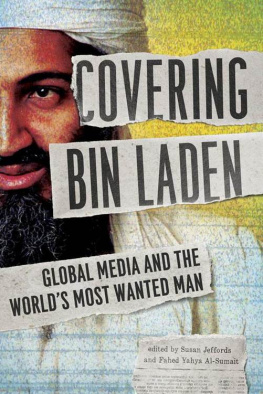

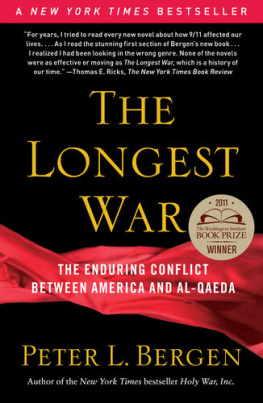
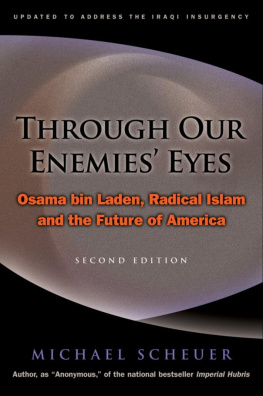
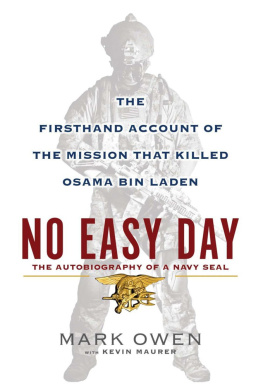
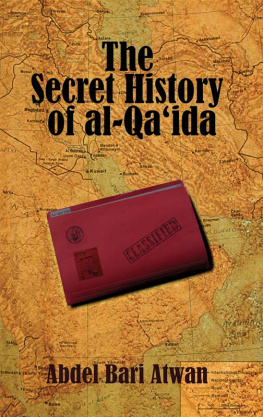
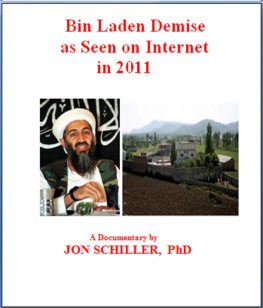
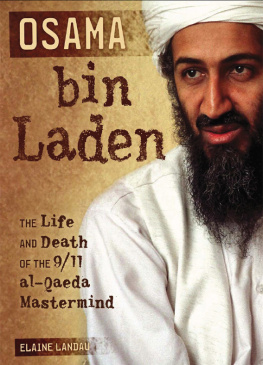
 This book is printed on acid-free paper.
This book is printed on acid-free paper.